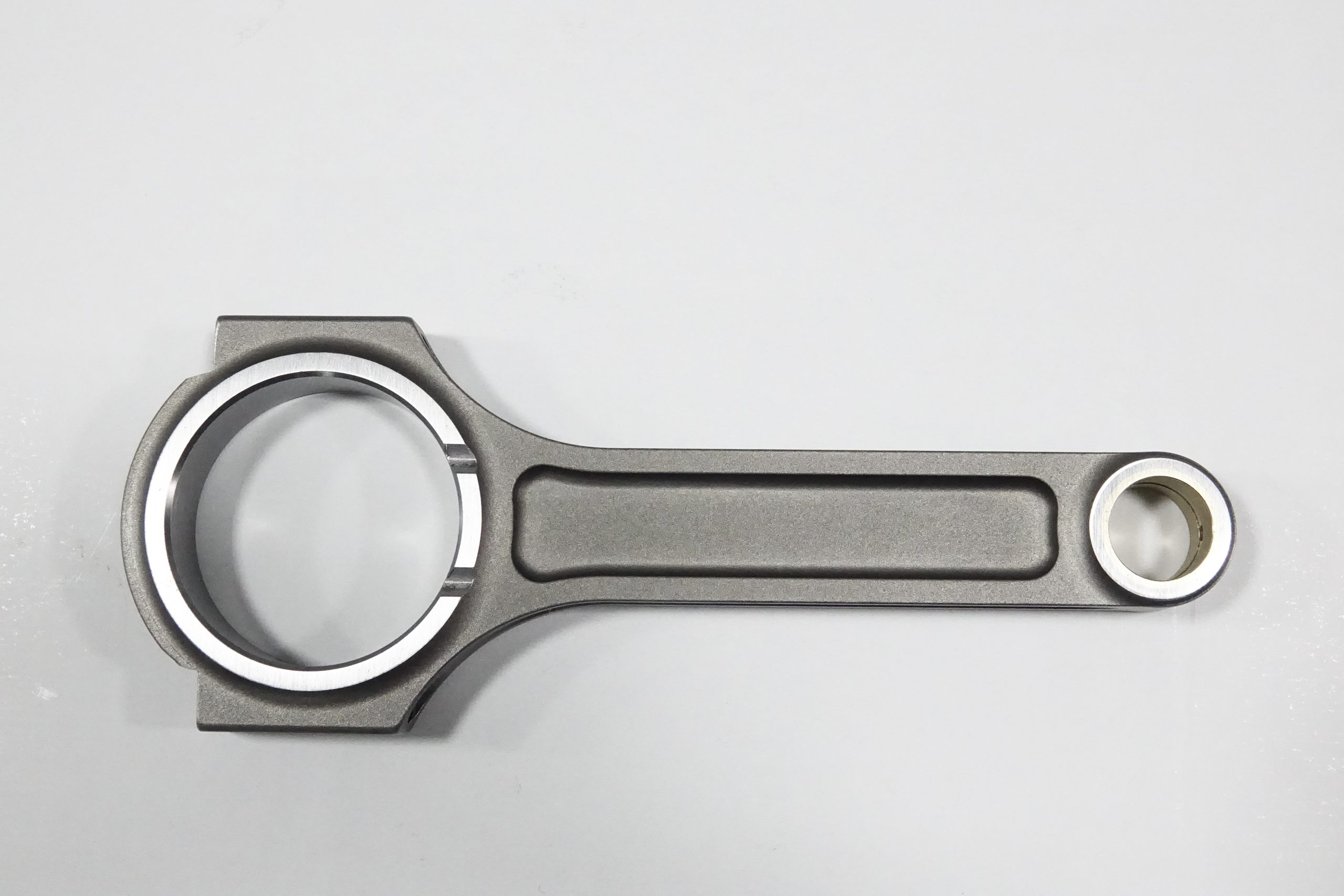The connecting rod en español, or “biela” in Spanish, is a crucial component within internal combustion engines, playing a significant role in power transmission and engine performance. In Spanish-speaking automotive communities, understanding the importance of the connecting rod, or “biela,” is vital to ensure proper engine operation and maintenance. This article will discuss the role of the connecting rod in the engine, the factors to consider when selecting one, and the importance of proper installation and maintenance in both English and Spanish-speaking contexts.
A connecting rod, or biela, is the component that links the piston to the crankshaft in an engine, converting the piston’s linear motion into the rotational motion required to propel the vehicle. The biela is subjected to extreme forces during operation, making it essential to choose the right materials and design to withstand the stress and maintain engine reliability.
When selecting a connecting rod or biela, material selection is crucial. Common materials used in connecting rods include cast iron, forged steel, and aluminum. The choice of material depends on the engine’s specific requirements and performance goals. Forged steel is typically used in high-performance applications due to its strength and durability, while aluminum is favored for its lightweight properties.
The design of the connecting rod, or biela, is another essential factor to consider. I-beam and H-beam are the most common designs, each with unique benefits. I-beam connecting rods are lightweight and offer excellent resistance to bending forces, making them suitable for many street and mild performance applications. Conversely, H-beam connecting rods provide increased strength and rigidity, making them ideal for high-horsepower and racing applications.
Proper installation is vital for connecting rods, or bielas, to ensure optimal engine performance. Always follow the manufacturer’s torque specifications, and use a calibrated torque wrench for a secure connection. Applying a quality lubricant to the connecting rod bolts and threads will reduce friction and allow for more accurate torque readings. Additionally, it’s essential to align the bearing shells correctly and ensure that the wrist pin is properly seated in the piston and connecting rod.
Regular maintenance is key to maintaining the performance and longevity of your connecting rods or bielas. Adhere to a routine maintenance schedule, inspecting the connecting rods for signs of wear or damage. Address any engine-related concerns promptly to prevent potential issues from escalating into costly failures.
In conclusion, understanding the importance of connecting rods, or bielas en español, is crucial for optimizing engine performance and longevity in both English and Spanish-speaking automotive communities. By choosing the right connecting rods, following proper installation procedures, and maintaining your engine diligently, you can ensure the smooth operation and performance of your vehicle, regardless of the language you speak.